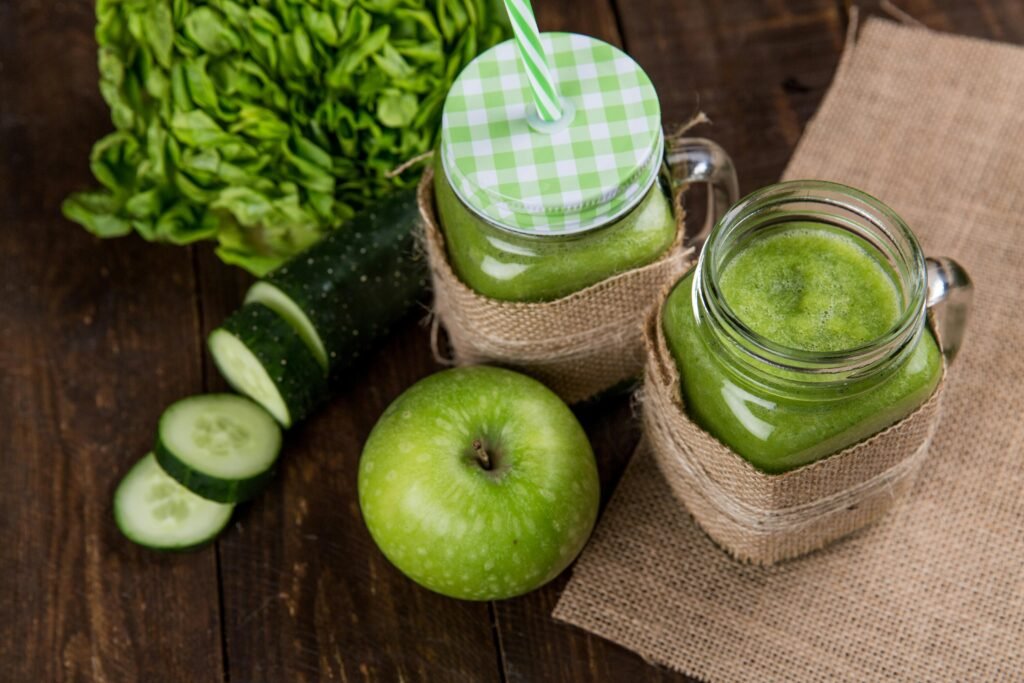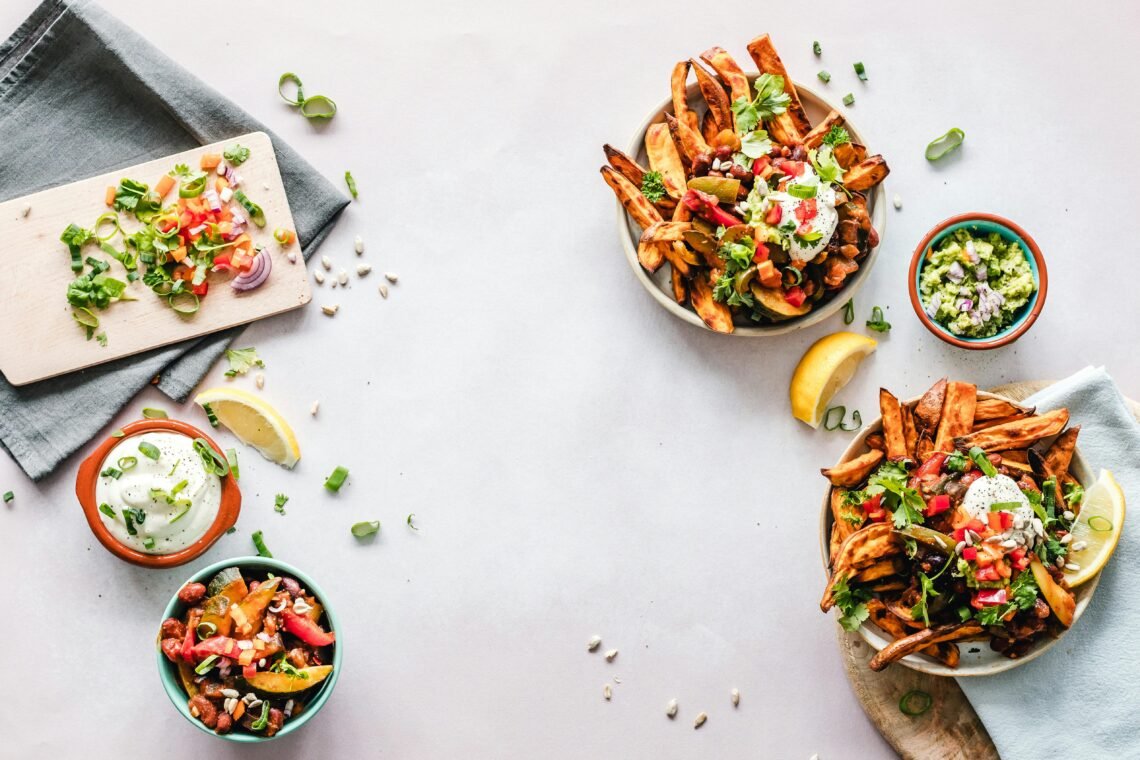Struggling to eat healthy because you can’t stand vegetables? You’re not alone. This comprehensive guide shows you practical ways to improve your nutrition without forcing yourself to love kale.
Let’s be honest — not everyone is born loving kale and Brussels sprouts. If you’re one of the millions of adults who still cringe at the thought of eating vegetables but want to start eating healthier, you’ve come to the right place. The good news? You don’t need to become a vegetable enthusiast overnight to dramatically improve your nutrition and overall health.
Why Don’t Some People Like Vegetables?
Before diving into solutions, it’s worth understanding why vegetable aversion is so common. Some people are “supertasters” who experience bitter flavors more intensely, making vegetables like broccoli and spinach genuinely unpleasant. Others had negative childhood experiences with overcooked, flavorless vegetables that created lasting food aversions.
The key insight here is that disliking vegetables isn’t a character flaw or something you need to feel guilty about. It’s often based on legitimate sensory experiences and learned preferences that can change over time with the right approach.

Start Small, Think Big: The Foundation of Lasting Change
The biggest mistake people make when trying to eat healthier is going from zero vegetables to attempting a complete dietary overhaul. This all-or-nothing approach sets you up for failure and frustration. Instead, embrace the power of incremental change.
Start by adding just one small serving of a mild, less jarring vegetable to a meal that you already enjoy. This might mean:
- Adding a just a few spinach leaves to your morning smoothie (you won’t even taste it)
- Mixing finely diced onions into your favorite pasta sauce
- Including thinly sliced cucumbers in your sandwich
- Trying a tiny bit of sweet corn as a side dish
The goal isn’t to transform your entire diet immediately. It’s to create positive associations with healthy eating that align with foods you already enjoy to build momentum over time. When you succeed with small changes, you’ll naturally feel motivated to try more.

Smoothie/Juice Strategy
Green smoothies are perhaps the easiest way to consume vegetables without tasting them. Start with fruit-forward combinations and gradually add mild greens:
- Spinach + banana + pineapple + juice
- Mango + spinach + Greek yogurt + honey
- Berries + kale + apple juice + protein powder
The natural sweetness of fruits completely masks the vegetable taste, but you’re still getting valuable nutrients like folate, iron, and vitamin K.

Cooking Camouflage
Learn to incorporate vegetables into dishes where they blend seamlessly:
- Blend cauliflower into mac and cheese for extra creaminess
- Mix finely grated zucchini into meatballs, burgers, or meatloaf
- Add pureed butternut squash to pasta sauces
- Stir shredded carrots into chili or bolognese sauce
- Use cauliflower rice as a base for fried rice
These techniques work because the vegetables take on the flavors of the dishes they’re added to, rather than dominating with their own taste.
Focus on What You Can Add, Not What You Should Remove
One of the most effective mindset shifts in healthy eating is focusing on addition rather than restriction. Instead of obsessing over the vegetables you’re not eating, concentrate on adding more nutritious whole foods that you actually enjoy.
Embrace Fruits as Nutritional Powerhouses
Fruits offer many of the same vitamins, minerals, and antioxidants as vegetables, often with flavors that are naturally more appealing:
- Berries: Packed with antioxidants and fiber
- Citrus fruits: High in vitamin C and folate
- Bananas: Great source of potassium and vitamin B6
- Apples: Provide fiber and various vitamins
- Avocados: Healthy fats plus potassium and fiber
Other Nutritious Foods to Emphasize
- Lean proteins: Chicken, fish, eggs, and legumes
- Whole grains: Quinoa, brown rice, oats, and whole wheat products
- Nuts and seeds: Almonds, walnuts, chia seeds, and flaxseeds
- Dairy or alternatives: Greek yogurt, milk, and fortified plant milks
Building your healthy eating foundation with foods you genuinely enjoy creates a sustainable approach that doesn’t feel like punishment.
The “One Bite Rule”: Gradual Palate Expansion
Here’s a game-changing strategy that takes the pressure off: commit to trying just one bite of a new or previously disliked vegetable each week. That’s it. No pressure to finish it, no guilt if you don’t like it, and no judgment about your reaction.
Why This Works
- Reduces anxiety: Knowing you only have to take one bite makes the experience less intimidating
- Builds familiarity: Repeated exposure can gradually shift taste preferences
- Creates success: You succeed simply by trying, regardless of whether you like it
- Allows for change: Taste preferences naturally evolve over time
Beginner Vegetables to Try First
Start with naturally milder, slightly sweet vegetables that are less likely to trigger strong negative reactions:
- Sweet potatoes
- Carrots (roasted with a touch of honey)
- Bell peppers (especially red and yellow)
- Butternut squash
- Sugar snap peas
- Cherry tomatoes
Transform Your Cooking: Preparation Makes All the Difference
Often, people who hate vegetables have only experienced them prepared in unappetizing ways. The way you cook vegetables can completely transform their taste, texture, and appeal.
Roasting: The Game Changer
Roasting vegetables brings out natural sweetness and creates appealing textures. Try these combinations:
- Brussels sprouts with bacon and balsamic glaze
- Broccoli with garlic, lemon, and parmesan
- Carrots with herbs and olive oil
- Sweet potatoes with cinnamon and a touch of maple syrup

Seasoning Strategies
Don’t be afraid to use flavors you already love:
- Cheese: Makes almost any vegetable more appealing
- Garlic and herbs: Transform bland vegetables into flavorful sides
- Spices: Curry powder, cumin, or paprika can completely change a vegetable’s profile
- Healthy fats: Olive oil, butter, or avocado oil improve both taste and nutrient absorption
Alternative Nutrition Sources: Meeting Your Needs Differently
While working on expanding your vegetable tolerance, you can still meet your nutritional needs through alternative sources.
Vegetable-Based Drinks
- V8 juice: Provides multiple vegetable servings in liquid form
- Green juices: Often fruit-sweetened to mask vegetable flavors
- Vegetable soups: Pureed soups deliver nutrition in a more palatable format
Quality Supplements
While whole foods are ideal, supplements can help fill gaps:
- Multivitamins: Cover basic vitamin and mineral needs
- Greens powders: Concentrated vegetable nutrition in smoothie form
- Specific nutrients: Like vitamin K, folate, or magnesium if you’re deficient
Fermented Options
Fermented vegetables often have different flavor profiles that some people find more acceptable:
- Sauerkraut
- Kimchi (if you like spicy foods)
- Pickled vegetables
- Fermented salsa
Creating Sustainable Healthy Eating Habits
The ultimate goal isn’t to force yourself to love every vegetable — it’s to create a sustainable approach to healthy eating that works for your preferences and lifestyle.
Set Realistic Expectations
- Progress isn’t linear — some days will be better than others
- It’s okay to have foods you simply don’t like
- Small improvements compound over time
- Perfection isn’t the goal — consistency is
Track Your Wins
Keep a simple log of healthy choices you make each day, whether that’s:
- Drinking a green smoothie
- Trying a new preparation method
- Adding fruit to a meal
- Choosing whole grains over refined ones
Celebrating small victories builds momentum and motivation for continued progress.
Common Mistakes to Avoid
The All-or-Nothing Trap
Don’t expect to transform your entire diet overnight. Sustainable change happens gradually, and setbacks are normal parts of the process.
Forcing Disliked Foods
If you genuinely hate a particular vegetable after giving it several tries, it’s okay to focus on others. There’s no single “superfood” you must eat to be healthy.
Ignoring Your Preferences
Work with your natural preferences rather than against them. If you prefer sweet flavors, start with naturally sweet vegetables. If you like crunchy textures, focus on raw vegetables with appealing dips.

Building Your “Try It” Plan
Create a realistic plan that acknowledges your current preferences while gently pushing your boundaries:
Week 1-2: Assessment and Easy Wins
- Find fruits and healthy foods you already enjoy
- Try a sip of one green smoothie
- Add one “hidden” vegetable to a favorite dish
Week 3-4: Gentle Expansion
- Try the “one bite rule” with a new vegetable
- Experiment with one new cooking method
- Add a second daily fruit serving
Week 5-8: Building Momentum
- Incorporate 2-3 “stealth vegetables” into weekly meals
- Try vegetables prepared by others (restaurants, friends)
- Focus on vegetables that complement flavors you already love
Beyond 2 Months: Long-term Success
- Continue to add more and more veggies into your foods
- List and Celebrate the veggies that you’ve tried and enjoy to build off of
- Remember that progress, not perfection, is the goal
The Bottom Line: Progress Over Perfection
Healthy eating isn’t an all-or-nothing game, and you don’t need to become a vegetable enthusiast overnight to dramatically improve your nutrition. The most successful approach is one that acknowledges your current preferences while gently expanding your comfort zone over time.
Remember that every small step toward healthier eating is progress worth celebrating. Whether that’s drinking a green smoothie, trying a new fruit, or successfully hiding vegetables in a favorite dish, you’re building habits that will serve your health for years to come.
The goal isn’t to eat perfectly – it’s to eat better than you did yesterday. Start where you are, be patient with yourself, and trust that gradual change leads to lasting transformation. Your future self will thank you for taking that first small step today.
Learn more and Get a Healthy Eating Plan on SkiptheDiet.blog
Ready to start your healthy eating journey? Follow for more healthy eating tips at SkiptheDiet.blog if you are ready to transform your diet!
Remember: progress, not perfection, is the path to lasting health.






